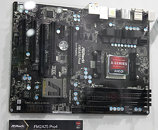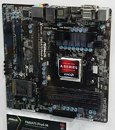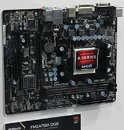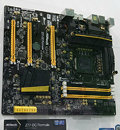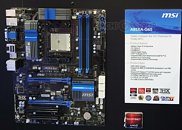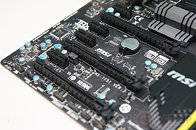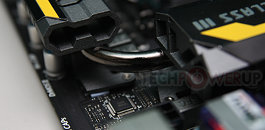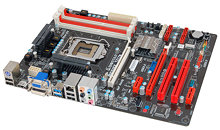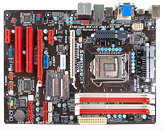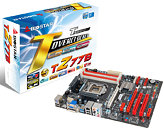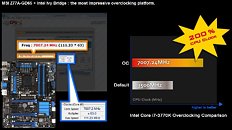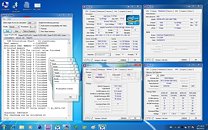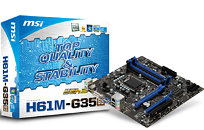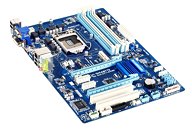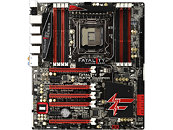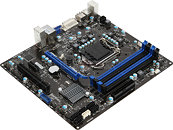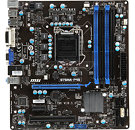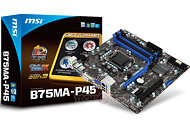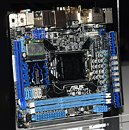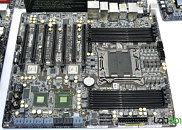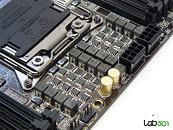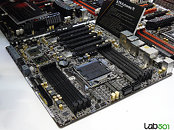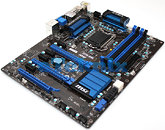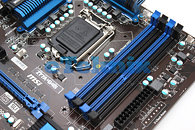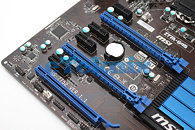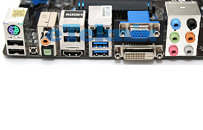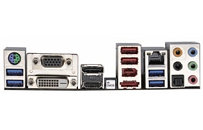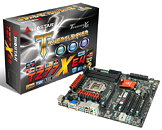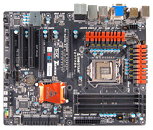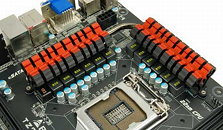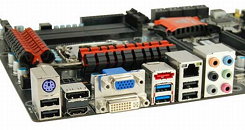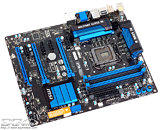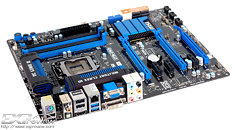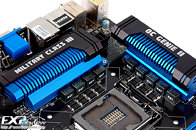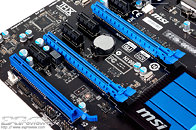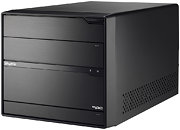
ASRock Develops First Web-Update Tool Within BIOS Setup Program
A decade ago, updating system BIOS was a cumbersome and risky task that required you to have spare bootable disks and the know-how of flashing from MS-DOS command-line. One wrong command-line argument, and your motherboard is bricked. Then came utilities that flashed BIOS for you, if you specified the updated BIOS ROM image files located on a floppy. As these image files grew in file-size these utilities added support for bigger media, such as USB flash drives. ASRock's latest innovation could see you getting rid of storage media holding BIOS images.
ASRock has developed an update to its UEFI BIOS program that lets it update itself from the web. All you have to do is point it to a working internet connection that uses the motherboard's onboard Ethernet controller. Once configured, the utility calls home to ASRock, checks if a newer version of the BIOS is available, downloads it, and updates itself, with minimal user-intervention. The feature cuts down time spent in finding the right BIOS ROM image online, and copying it to a USB flash drive. Unlike Intel's Express BIOS Update program, it does not need the motherboard to have any storage devices connected. Upcoming ASRock motherboards could ship with the feature, and select current ones could get this feature via a BIOS update.
ASRock has developed an update to its UEFI BIOS program that lets it update itself from the web. All you have to do is point it to a working internet connection that uses the motherboard's onboard Ethernet controller. Once configured, the utility calls home to ASRock, checks if a newer version of the BIOS is available, downloads it, and updates itself, with minimal user-intervention. The feature cuts down time spent in finding the right BIOS ROM image online, and copying it to a USB flash drive. Unlike Intel's Express BIOS Update program, it does not need the motherboard to have any storage devices connected. Upcoming ASRock motherboards could ship with the feature, and select current ones could get this feature via a BIOS update.





